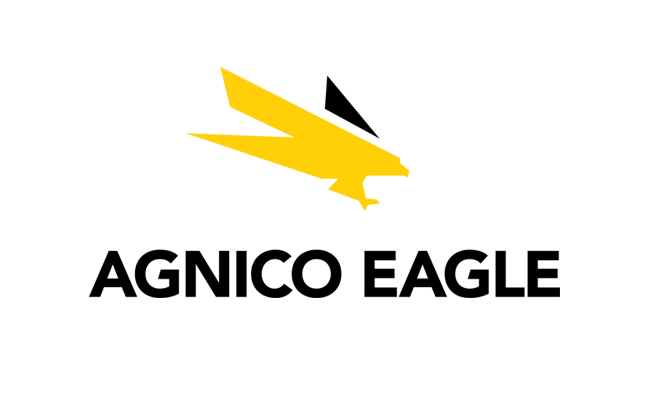The traditional 60/40 portfolio—long revered as the cornerstone of balanced investing—is facing a credibility crisis. With equity markets pushing higher in the face of rising yields, and bonds no longer providing the downside ballast they once did, many investors are left wondering: What now?
Enter David Way, Portfolio Manager of the Fidelity Long Short Alternative Fund. In a timely conversation1 with FidelityConnects host Pamela Ritchie, Way makes a compelling case for long/short strategies—not just as a hedge, but as an active lever for navigating a market riddled with disconnects and policy contradictions.
“The challenge we have today is that equity markets are doing well against the backdrop of bond yields rising,” Way says. “And when we've seen periods of corrections, we've actually seen bonds and stocks have positive correlation.”
That dynamic, he notes, is what erodes the diversification 60/40 investors rely on. “So as people think about future-proofing their portfolios and downside protection, having a long/short strategy… is something that could provide really nice additional downside protection and a diversifying effect.”
Tariffs, Timing, and Tactical Opportunity
When it comes to macro risk, few topics loom larger than tariffs. Way had anticipated the tariff escalation early this year, positioning the fund accordingly.
“My expectation was that we would see tariffs that would be A, broadly based, and B, higher on certain countries, including China,” Way explains. “What we saw was an even sort of worse case than that initial base expectation.”
While markets reeled on the April 2 announcement, Way acted swiftly, leaning into the dislocation by “buying some of these stocks that were really meaningfully negatively affected, as well as covering shorts.”
That kind of nimble, rules-based decision-making is core to Way’s philosophy. “When things get skewed in your favor, invest heavily,” he says. “When things start to look less favorable, even if they're going in the right direction currently, you move on.”
Three Buckets, Three Correlations
Way’s strategy rests on a clear, structured framework of return sources:
- Long Book: “This is about taking advantage of our research and my own sort of worldview and individual stock work,” he says—an engine aligned with the market's long-term upward bias.
- Short Book: Where volatility and weakness get monetized. “Returns from that part of the fund have a negative correlation,” Way notes.
- Spread Opportunities: “If I'm able to identify long securities that outperform short securities… you can actually capture a spread,” he explains—returns that are largely uncorrelated.
This trifold structure equips the portfolio with levers for most market environment.
The Bond Market’s Message—and the Equity Market’s Amnesia
Yields have surged, driven in part by the U.S. House’s approval of a $4 trillion bill—an event Way sees as emblematic of fiscal drift and inflation risk.
“If that bill is successful… we’re likely to see more deficits,” he says, “which means inflation and potential pressure on global investors’ willingness to fund U.S. government deficits.”
Meanwhile, equities are looking through the risks, pricing in continued growth and infrastructure spending. “It’s a glass half full, glass half empty debate,” Way says. But for a long/short manager, that’s opportunity.
Way is preparing on both fronts: “Position the long portfolio for the potential that the bond market’s right, as well as identify shorts where these higher rates are having a meaningful impact.”
His short list? Companies “not growing and have too much debt”—those most vulnerable to elevated refinancing costs.
Looking Abroad: Europe, Defense, and Fiscal Firepower
Although Way’s primary benchmark is North America, he has the flexibility to allocate up to 10% internationally, and sees intriguing possibilities in Europe.
“The Ukraine war in 2022 really caused the beginning of a major rethink about how the European economy is ordered,” he explains. “The first leg of opportunity was defense.”
Now, Way’s attention is on European stimulus, especially from fiscally conservative countries like Germany.
“Germany has a very low debt-to-GDP. They actually have the ability to stimulate the economy,” he notes, especially if prompted by security concerns. He’s headed to Europe to meet with 25 companies and test hypotheses in sectors ranging from defense to industrials and finance.
Interestingly, some of the best European exposure might still be listed in the U.S.: “The stocks to buy are actually still in the U.S.”
Tariff Crosscurrents and Global Supply Chains
Way also highlighted the tangled web of global trade, particularly around USMCA rules and tariff circumvention tactics.
“Companies exporting from a high tariff country to a lower tariff country, but still not the U.S.—changing the boxes,” he said, pointing to China-to-Vietnam rerouting.
While the message from U.S. policymakers is clear—“Don’t rebox it”—many firms remain unprepared.
Stagflation, Currency Volatility, and Defensive Positioning
When asked about stagflation, Way doesn’t shy away:
“If the budget bill progresses and we’re looking at 7% of GDP deficits, I think that will be inflationary,” he says. “If you have higher inflation and no change in growth, it does create a bit of a challenge.”
But that’s precisely where a long/short approach shines. “There are companies that can pass the price on… and then there are companies that could be in a really tough spot,” he explains.
Ritchie sums it up: “Sounds like this is the fund for it.”
Way’s reply? “I hope so.”
A Dynamic Edge for an Uncertain Era
Whether it's the snapback in U.S. stocks, the murky path of tariffs, or fiscal risks hiding in plain sight, Way’s process is designed to stay adaptive.
“If the price gets to a level where I get comfortable about the risk/reward,” he says, “it’s time to put them back in the fund.”
With strong macro convictions, a disciplined process, and an eye on both upside and downside catalysts, David Way is building a portfolio for what lies beyond traditional long-only funds.
Bottom Line: For investors seeking diversification, the potential for downside risk mitigation, and potential optionality in a fractured macro landscape, the Fidelity Long Short Alternative Fund is purpose-built. As Way demonstrates, it’s not just about where the markets are going—it’s about being structurally ready, wherever they go.
Footnotes:
1 FidelityConnects Podcast. "Long/short investing strategies in the second quarter of 2025 – Dave Way | FidelityConnects." 30 May 2025.
2 Fidelity Investments Canada. “Articles, webcasts & podcasts." 30 May 2025.
Copyright © AdvisorAnalyst.com














